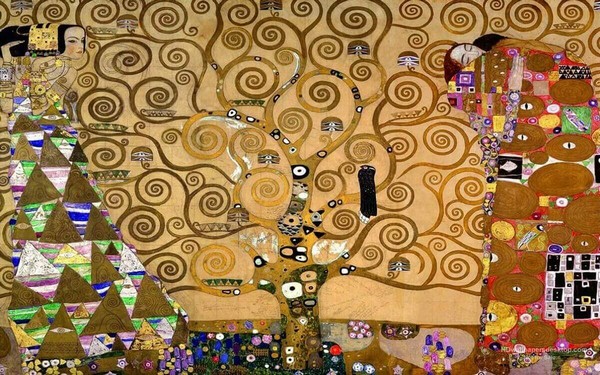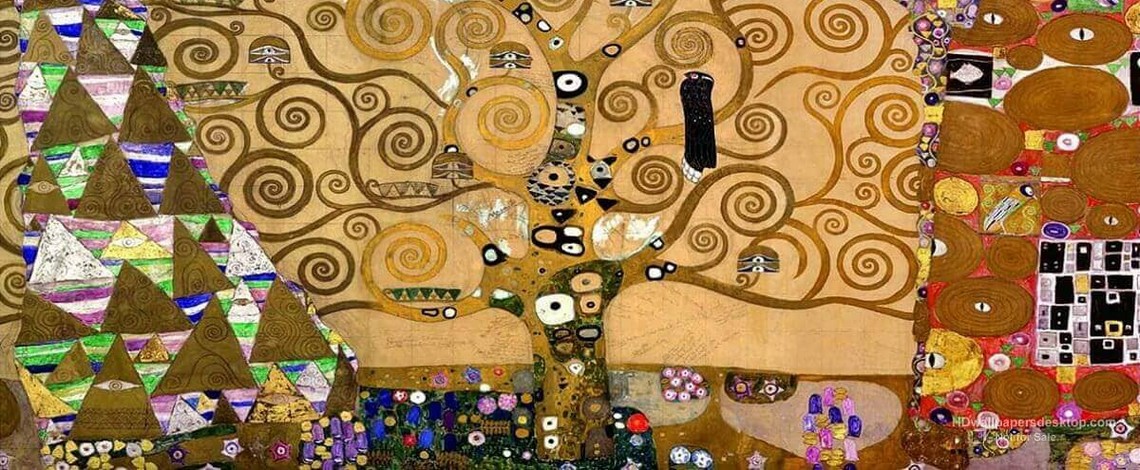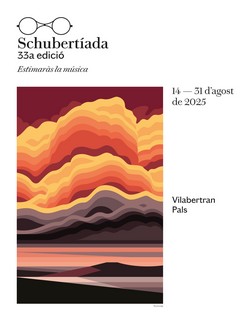
After the long post of last week, I will present briefly a song you probably know: Canción al árbol del olvido. Argentine composer Alberto Ginastera wrote it in 1938, at his twenty-two. Therefore, it is an early song, from his first period, known as objective nationalism. During this time, the composer approached the folklore of his country very directly, quoting and recreating rhythms and dances in his works; we heard one example some time ago, when soprano Mercedes Gancedo presented us Triste, the second of the Cinco canciones populares argentinas.
In Canción al árbol del olvido [Song to the tree of forgetfulness], the rhythm that Ginastera reproduces is the vidalita, a slow and melancholic song, usually a love song. The poem, Olvido, is by Uruguayan Fernán Silva Valdés; it's included in his collection Romancero del Sur (1938). The verses tell us of a tree that is believed to have the ability to help us forget our sorrows. There are, however, things that we cannot forget; surely, because in the end, we do not wish it. Do you know what this song reminds me of? For me, it's a cherry of Die zwei Augen, the last song in Mahler's Lieder eines fahrenden Gesellen; we also have there a tree (a linden, in this case) that comforts those who suffer.
A detail about the poem: the third verse of each stanza always ends with the same word, vidalitay. Silva reproduces this kind of chorus found in traditional vidalitas, as if the singer were addressing the song itself. In some sources, the word is written vidalitá and in others, vidalitay. I found a reliable source, a published anthology of Silva's poems, where we can read vidalitay. And, also, a detail about the title of the song: It is often found as Canción del [of the] árbol del olvido, instead of Canción al [to the] árbol del olvido. In fact, the typical quick survey we do on Google to discern these things gives the winner, by far, the version with "del". But once again a reliable source, the publisher of Ginastera’s works, confirms that it is “al”.
The song's premiere, in 1939, was given by soprano Armanda Cetera and Piansita Roberto Locatelli. As you can see, it has everything we need to consider it Art Song. However, it became really popular very soon, to the point that it was included in the Cancionero escolar argentino [Argentine School Songbook] in 1956. I'ts possible that its traditional air and the relative ease that existed in the 1940s to spread the songs, especially through radio, accelerated the "transfer" of concert halls to the street. So while the Canción al árbol del olvido was sung by Art Song singers, as well as by opera singers (with more or less skill), it was also sung by Víctor Jara (with so much success that many people thought it was his song), Alfredo Zitarrosa or Mercedes Sosa.
The version I propose is my favourite, the one sung by the tenor José Cura. For me, this beautiful, simple song demands naturalness, and that is what I like most about Cura's interpretation. I don't hear it any affectation at all. He is accompanied by guitarist Ernesto Bitetti; in the original version for voice and piano, the accompaniment mimics the sound of a guitar, so the arrangement contributes to the naturalness of the interpretation, as if we were sitting around a campfire gazing at the tree. I hope you like both the song and the performance of Canción al árbol del olvido.
En mis pagos hay un árbol
que del olvido se llama
donde van a despenarse, vidalitay
los moribundos del alma.
Para no pensar en vos
en el árbol del olvido
me acosté una nochecita, vidalitay
y me quedé bien dormido.
Al despertar de aquel sueño
pensaba en vos otra vez,
pues me olvidé de olvidarte, vidalitay
en cuantito me acosté.
Update 30/1. Laura Romero, a lyric singer, singing teacher, and choir director, wrote to me from Argentina with a precision that I greatly appreciate, and I would like to share it with you. “The poem repeats the term vidalitay; however, the musical form is not a vidalitay, but a milonga, closely related with the milonga surera or sureña (southerner), not with the milonga related to the tango, which is perhaps the most well-known outside of Argentina.”















Comments powered by CComment